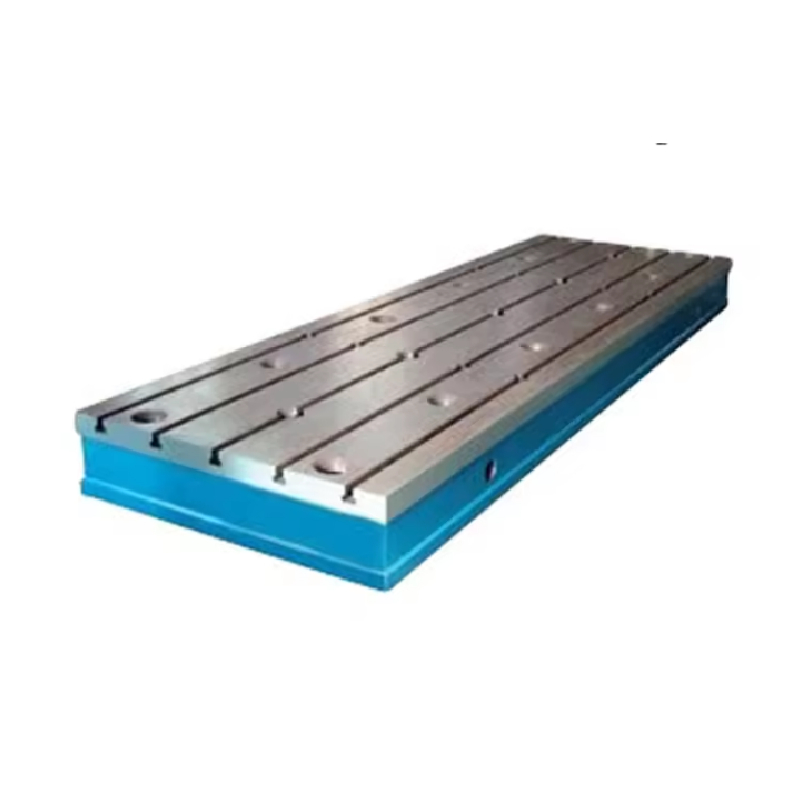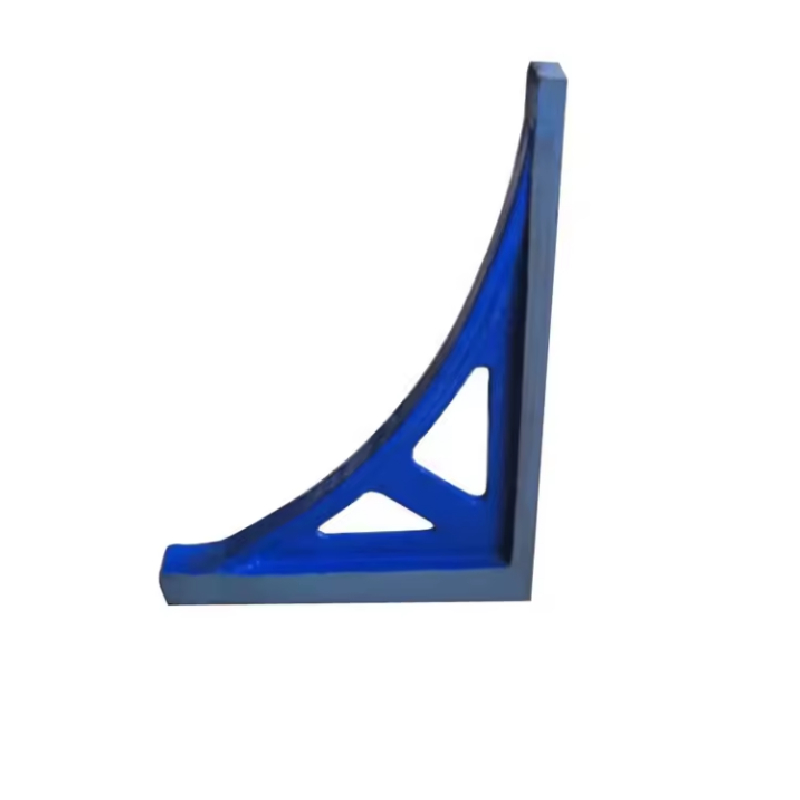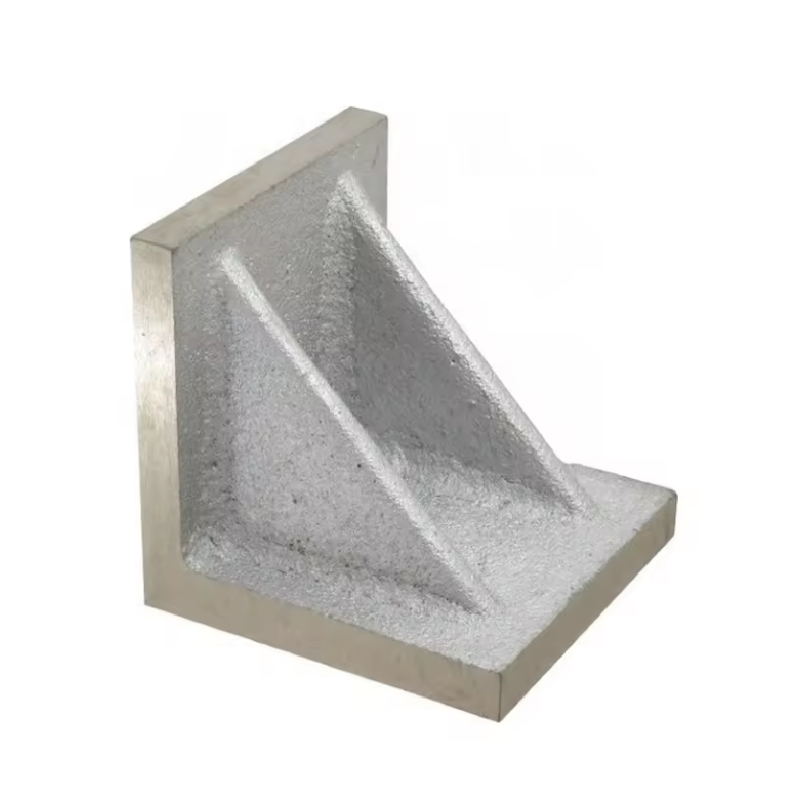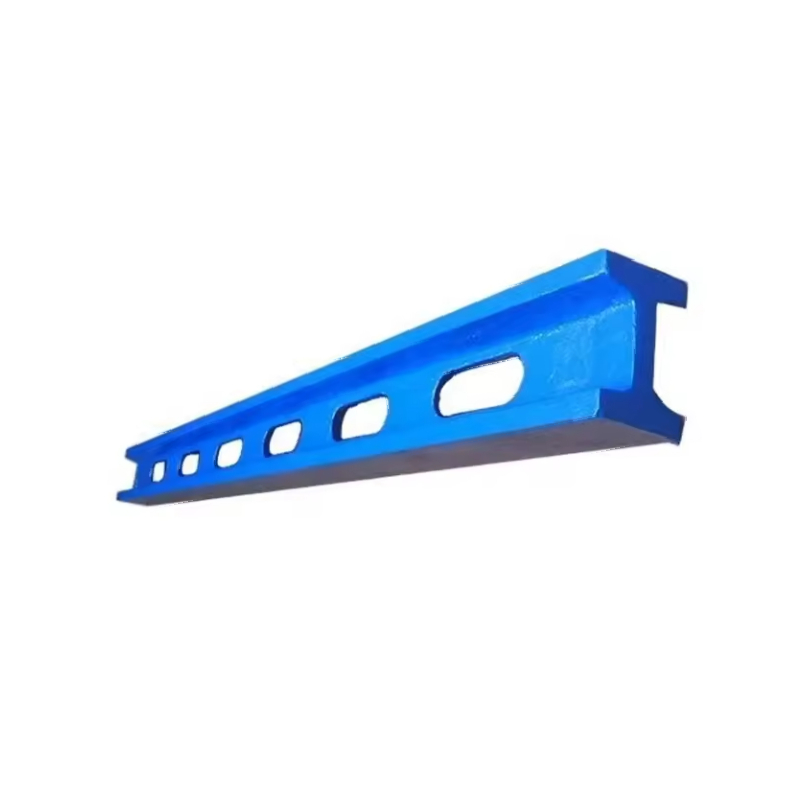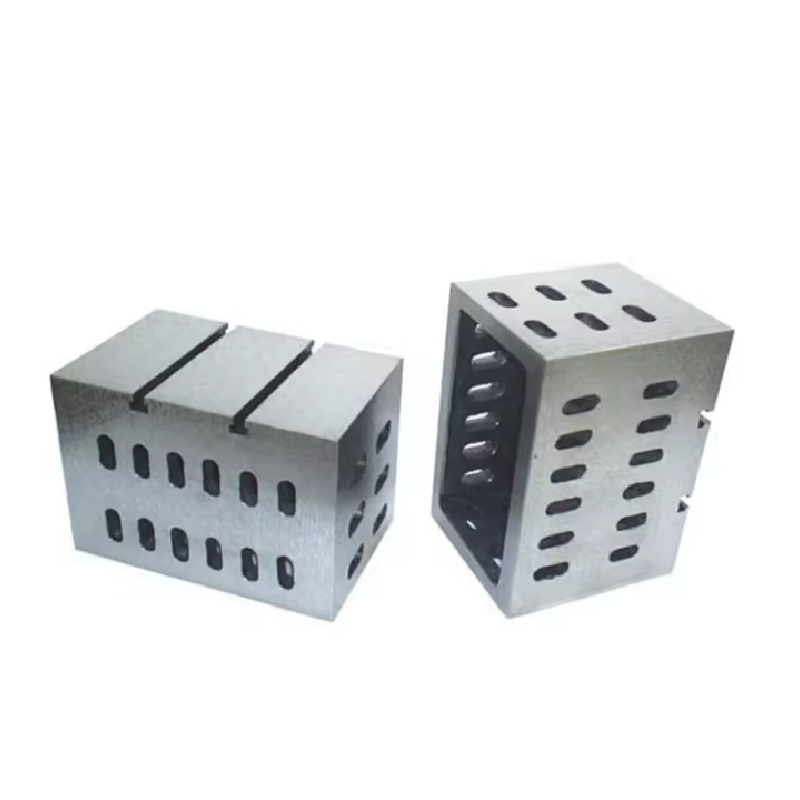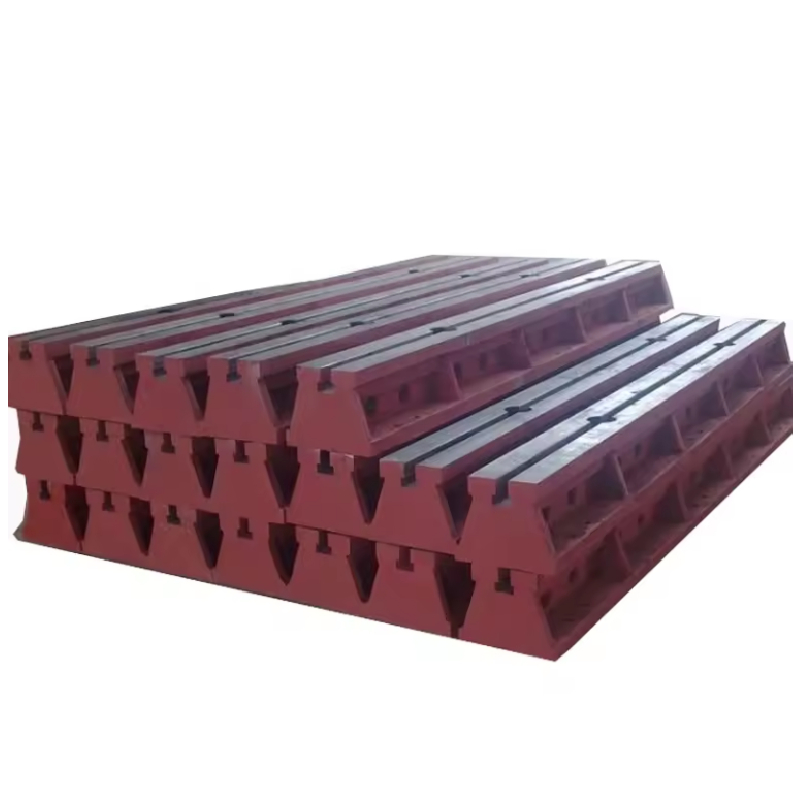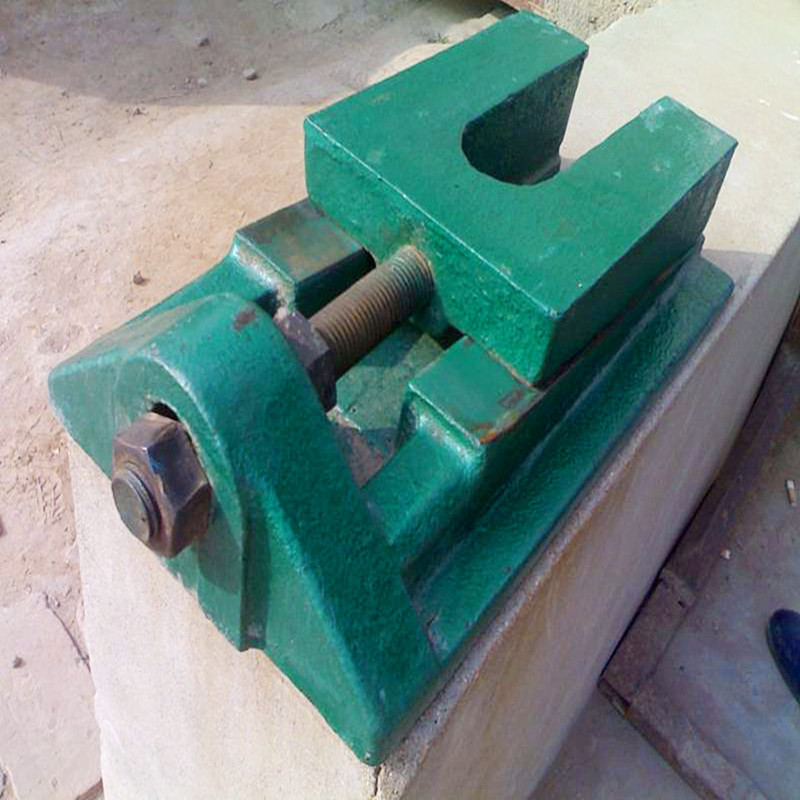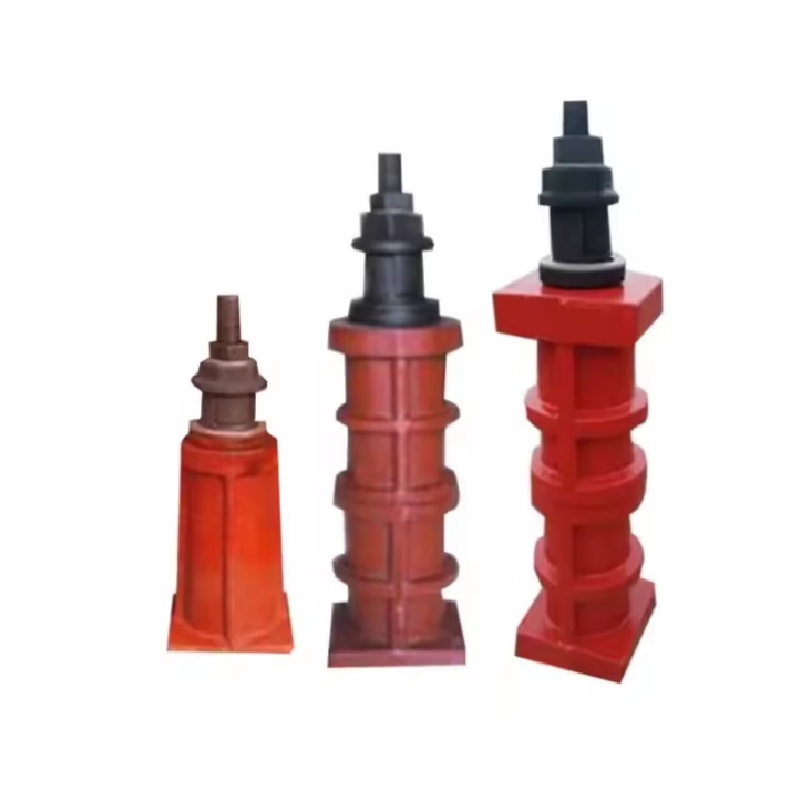ліп . 29, 2025 09:59 Вярнуцца да спісу
Ground anchor stabilizes embankments
In the world of construction, infrastructure, and industrial operations, stability is the foundation of safety and functionality. Whether securing heavy machinery, supporting structures, or anchoring outdoor equipment, the right tools can make all the difference in preventing accidents, ensuring longevity, and maintaining performance. Among these critical tools are the ground anchor, metal ground anchors, and industrial ground anchors—versatile solutions designed to provide robust stability in diverse environments. These anchors leverage the strength of the ground itself to distribute loads, resist forces like wind or vibration, and keep structures firmly in place. This article explores their core functions, reliability factors, key applications, installation best practices, and common questions, offering a complete overview for professionals seeking to understand and utilize these essential tools effectively.
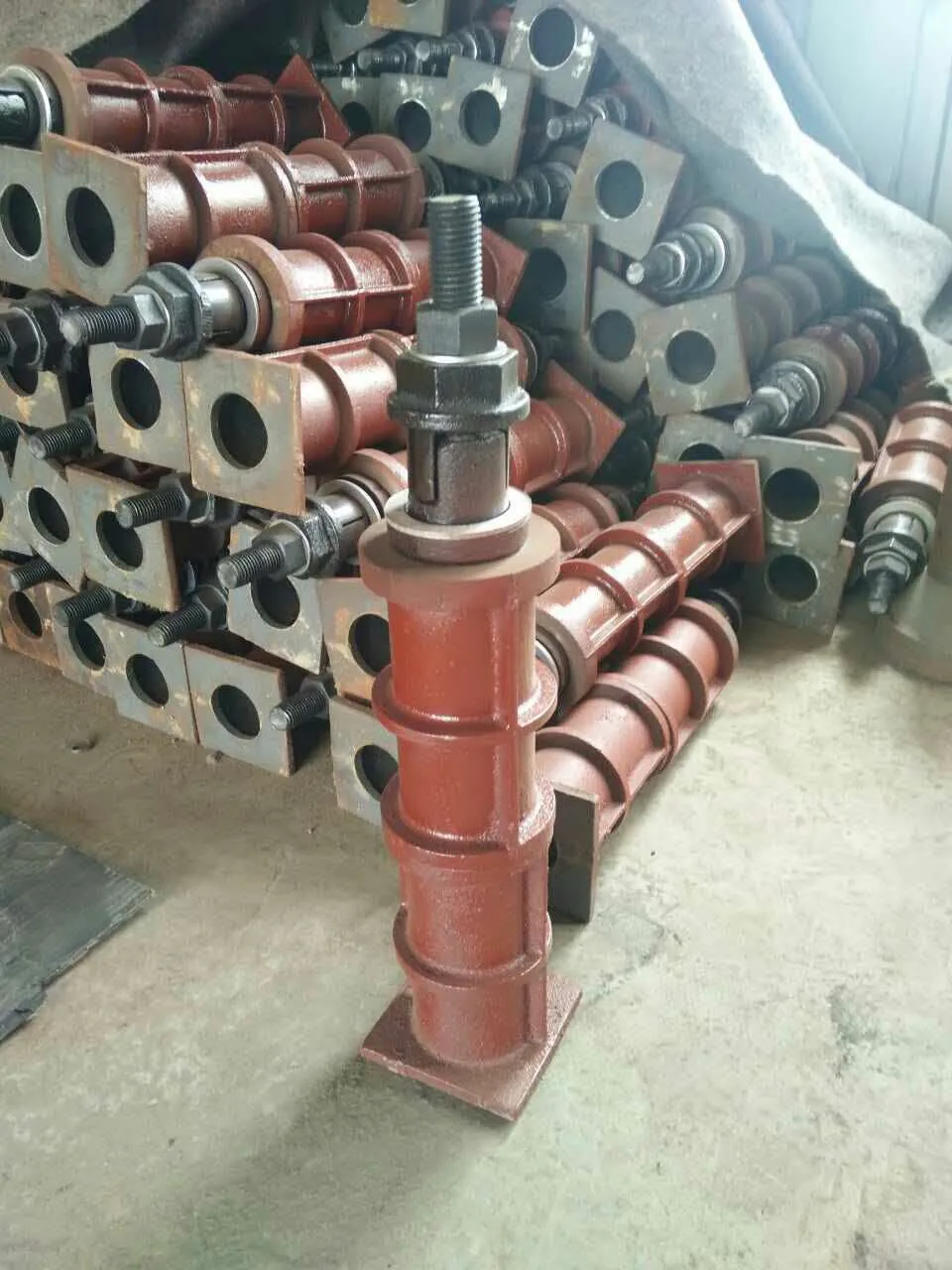
Understanding the Core Function of a Ground Anchor in Structural Stability
A ground anchor is a fundamental component in engineering and construction, serving as a link between a structure and the ground to ensure stability. Its primary function is to transfer forces from the structure into the soil or rock below, preventing movement, uplift, or displacement caused by external factors such as wind, seismic activity, or operational stress. Unlike temporary fasteners, a ground anchor is designed for long-term use, creating a permanent or semi-permanent connection that withstands environmental changes and sustained loads.
The functionality of a ground anchor relies on its ability to engage with the ground effectively. Depending on the soil type—whether sandy, clayey, rocky, or loamy—the anchor’s design may vary to optimize grip. For example, in loose soil, a ground anchor might feature a broad, expanded base to spread force over a larger area, while in rocky terrain, it may use a threaded or grouted design to embed securely into solid material. This adaptability makes the ground anchor a versatile solution across construction sites, outdoor installations, and industrial setups, where stability is non-negotiable for safety and performance.
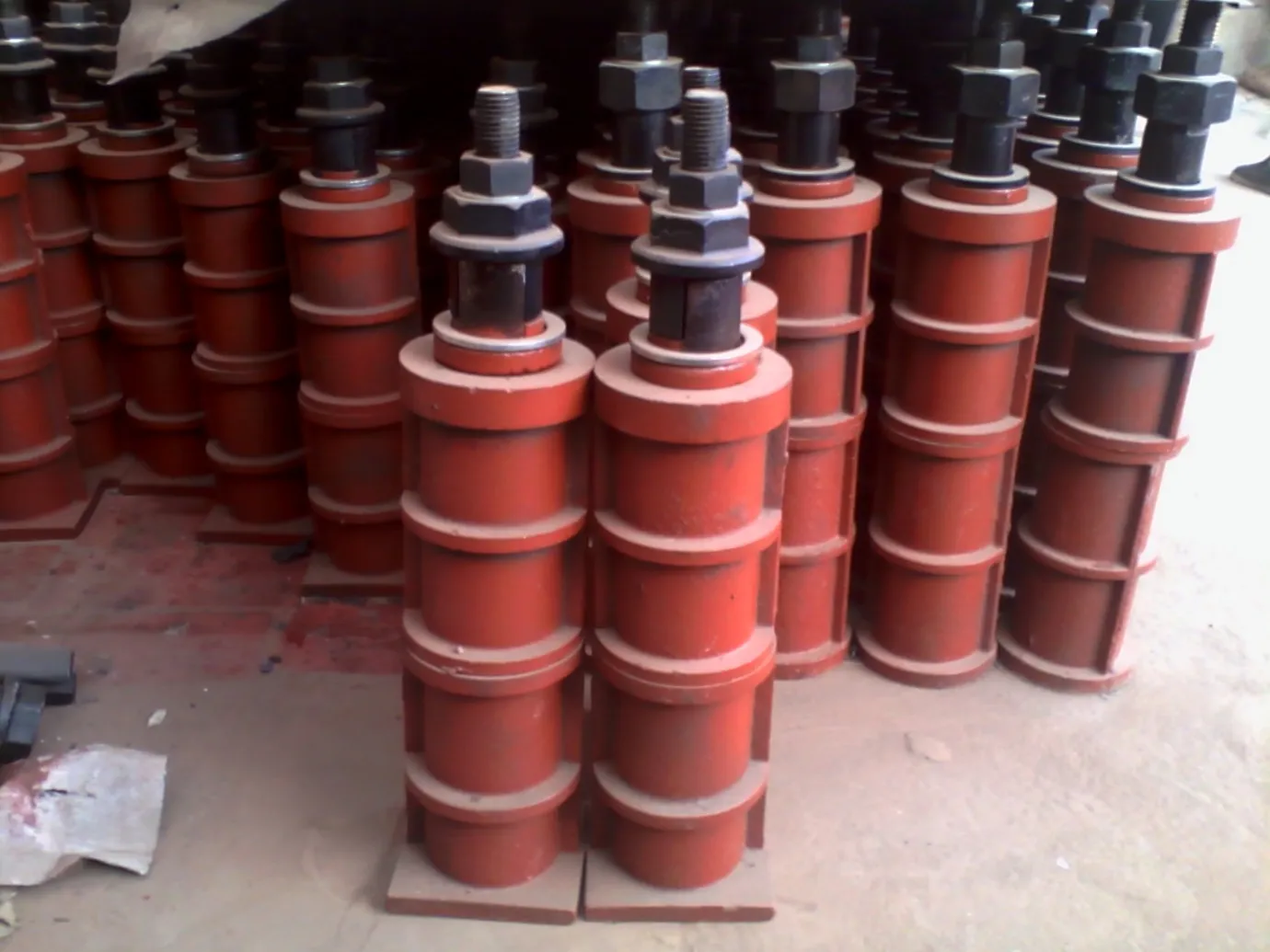
Why Metal Ground Anchors Are a Reliable Choice for Industrial Applications
Metal ground anchors stand out as a top choice for industrial applications due to their inherent strength, durability, and resistance to harsh conditions. Metal, often steel or galvanized steel, brings several advantages that make these anchors indispensable in demanding environments:
- High Tensile Strength: Metal’s natural strength allows metal ground anchorsto withstand heavy loads and sudden forces, such as those from machinery vibrations or strong winds, without bending or breaking. This makes them ideal for securing large equipment, storage tanks, or industrial structures.
- Corrosion Resistance: Many metal ground anchorsare treated with coatings like galvanization or epoxy, which protect against rust and corrosion caused by moisture, chemicals, or outdoor exposure. This resistance ensures longevity even in humid, coastal, or industrial areas with high levels of pollutants.
- Versatility in Installation: Metal’s malleability and strength allow metal ground anchorsto be fabricated into various shapes, including helical, auger, or rod designs. This versatility enables installation in different soil types, from soft earth to compacted gravel, using tools like drills, hammers, or torque wrenches.
- Consistent Performance: Unlike anchors made from materials like plastic or wood, metal ground anchorsmaintain their structural integrity over time. They do not rot, degrade, or weaken with prolonged use, ensuring reliable performance for years, which is critical in industrial settings where equipment downtime is costly.
- Adaptability to Load Requirements: Metal ground anchorscan be engineered to meet specific load requirements, whether for light-duty tasks like securing signage or heavy-duty applications like anchoring industrial cranes. This adaptability makes them a go-to solution for diverse industrial needs.
These qualities collectively make metal ground anchors a trusted choice for professionals prioritizing reliability and longevity in their installations.
Key Applications Where Industrial Ground Anchors Excel
Industrial ground anchors are designed to meet the rigorous demands of industrial environments, where stability directly impacts safety, efficiency, and operational success. Their robust construction and high load-bearing capacity make them essential in the following applications:
- Heavy Machinery Securing: Factories and manufacturing plants rely on industrial ground anchorsto secure large machinery such as presses, conveyors, and turbines. These anchors prevent movement caused by vibrations during operation, reducing wear on equipment and minimizing the risk of accidents.
- Outdoor Industrial Structures: From storage sheds and warehouses to communication towers and solar panel arrays, industrial ground anchorsprovide the stability needed to keep outdoor structures upright. They resist uplift from strong winds and prevent shifting due to soil erosion, ensuring structures remain functional in all weather conditions.
- Construction Site Stabilization: During construction, temporary structures like scaffolding, formwork, and cranes require secure anchoring to protect workers and prevent collapse. industrial ground anchorsoffer a reliable solution, even in unfinished or uneven terrain, by anchoring these structures firmly to the ground.
- Waste Management and Environmental Facilities: Landfills, wastewater treatment plants, and chemical storage facilities use industrial ground anchorsto secure liners, containment walls, and processing equipment. Their resistance to corrosion and chemicals ensures they perform reliably in environments with exposure to hazardous materials.
- Energy Sector Installations: In the energy industry, industrial ground anchorssecure wind turbines, oil rig platforms, and power transmission towers. These structures face extreme forces from wind and operational stress, making the anchors’ ability to distribute loads and resist uplift critical for uninterrupted energy production.
In each of these applications, industrial ground anchors serve as an invisible yet vital foundation, ensuring that industrial operations proceed smoothly and safely.
Installation Best Practices for a Ground Anchor to Ensure Maximum Efficiency
Proper installation is key to maximizing the efficiency and longevity of a ground anchor. Even the highest-quality anchor will fail if not installed correctly, putting structures at risk of movement or collapse. The following best practices guide ensures that a ground anchor performs as intended:
|
Installation Step |
Description |
Purpose |
|
Site Assessment |
Evaluate the soil type, terrain, and load requirements before selecting a ground anchor. Test soil density and check for obstacles like rocks or utility lines. |
Ensures the anchor design matches the ground conditions, optimizing grip and load capacity. |
|
Pre-Installation Preparation |
Clear the installation area of debris, vegetation, or loose soil. Mark the anchor location precisely based on structural plans. |
Creates a clean, safe workspace and ensures the anchor is placed in the correct position to support the structure. |
|
Choosing the Right Tools |
Use equipment suited to the anchor type and soil—e.g., augers for helical anchors, drills for rock, or torque wrenches for tensioning. |
Ensures the anchor is installed to the correct depth and tightness without damaging the anchor or surrounding ground. |
|
Proper Depth and Embedding |
Install the ground anchor to the recommended depth, ensuring the load-bearing portion is fully embedded in stable soil or rock. Avoid shallow installation, which reduces grip. |
Maximizes contact with the ground, enhancing the anchor’s ability to resist uplift and lateral forces. |
|
Tensioning and Testing |
After installation, apply tension to the anchor gradually and test its load capacity using appropriate tools. Adjust if necessary to meet design specifications. |
Verifies that the anchor can withstand the intended load, preventing future failure under stress. |
|
Post-Installation Inspection |
Check for signs of damage to the anchor or surrounding soil. Secure any loose components and document the installation for future reference. |
Ensures the anchor is secure and provides a record for maintenance or future modifications. |
By following these steps, installers can ensure that a ground anchor delivers optimal stability and performance throughout its lifespan.
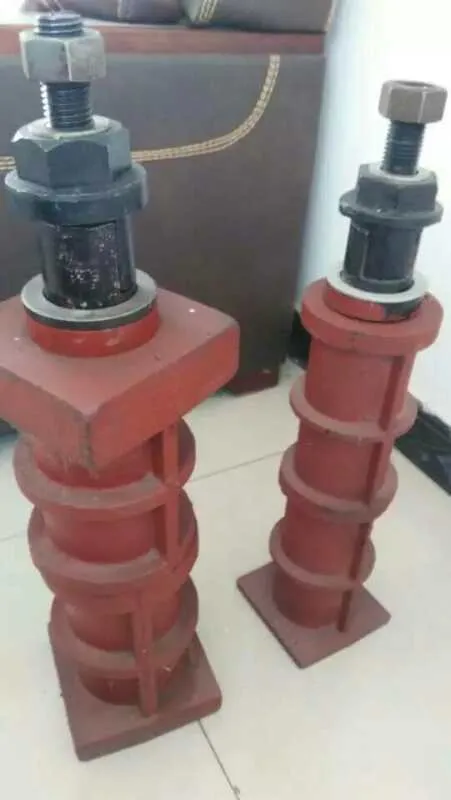
FAQS about Ground Anchor, Metal Ground Anchors, and Industrial Ground Anchors
How does a Ground Anchor differ from other types of fasteners?
A Наземны якар differs from standard fasteners like screws or bolts by relying on the ground’s strength to provide stability, rather than just attaching to a surface. While fasteners secure components to each other, a Наземны якар transfers forces from a structure into the soil, resisting movement caused by external pressures like wind or weight. This makes it essential for anchoring structures to the ground, whereas other fasteners are better suited for joining materials together.
What factors should I consider when choosing Metal Ground Anchors for outdoor use?
When choosing Metal Ground Anchors for outdoor use, consider soil type (to select the right design for grip), load requirements (to ensure the anchor can handle the structure’s weight), and environmental conditions. Opt for galvanized or coated Metal Ground Anchors to resist corrosion from rain, humidity, or salt exposure. Additionally, check installation ease—some designs require specific tools, so match the anchor to available equipment for efficient setup.
Can Industrial Ground Anchors be reused or adjusted after installation?
Industrial Ground Anchors are typically designed for permanent or long-term use, but some types can be adjusted or reused depending on their design. Helical industrial ground anchors, for example, can often be unscrewed and repositioned if the structure needs to be moved, though this may require professional equipment. However, grouted or permanently embedded industrial ground anchors are usually not reusable, as removing them would damage the anchor and surrounding ground.
What soil conditions are most suitable for a Ground Anchor to perform effectively?
A Наземны якар performs best in soil conditions that allow for strong engagement. Compact, dense soils like clay or loam provide good grip due to their ability to resist movement. Rocky or gravelly soils work well with threaded or grouted anchors that can embed into solid material. Loose or sandy soils may require anchors with expanded bases or helical designs to spread force over a larger area. Avoid extremely wet or muddy soils, as they reduce friction and can compromise the anchor’s stability unless specialized designs are used.
How do Metal Ground Anchors compare to non-metal alternatives in terms of durability?
Metal Ground Anchors outperform non-metal alternatives like plastic or wooden anchors in durability, especially in harsh conditions. Metal resists rot, decay, and UV damage, which can break down plastic or wood over time. Metal ground anchors also withstand higher loads and are less prone to cracking or bending under stress. While non-metal anchors may be cheaper for light-duty use, metal ground anchors offer longer lifespans and reliability in industrial, outdoor, or high-load applications, making them a cost-effective choice in the long run.
At [Storaen (Cangzhou) International Trading Co], we specialize in crafting high-quality ground anchor, metal ground anchors, and industrial ground anchors tailored to the unique demands of your projects. Our team of experts combines engineering precision with material expertise to deliver anchors that prioritize stability, durability, and performance.
-
Thread Plug Gauge Requires Careful HandlingНавіныJul.29,2025
-
Surface plate calibrationНавіныJul.29,2025
-
Ring Gauge Ensures Machining AccuracyНавіныJul.29,2025
-
Pad Iron Reinforces Anchor PointsНавіныJul.29,2025
-
Ground anchor stabilizes embankmentsНавіныJul.29,2025
-
Granite Box Maintains Precision FlatnessНавіныJul.29,2025
Спадарожныя тавары
